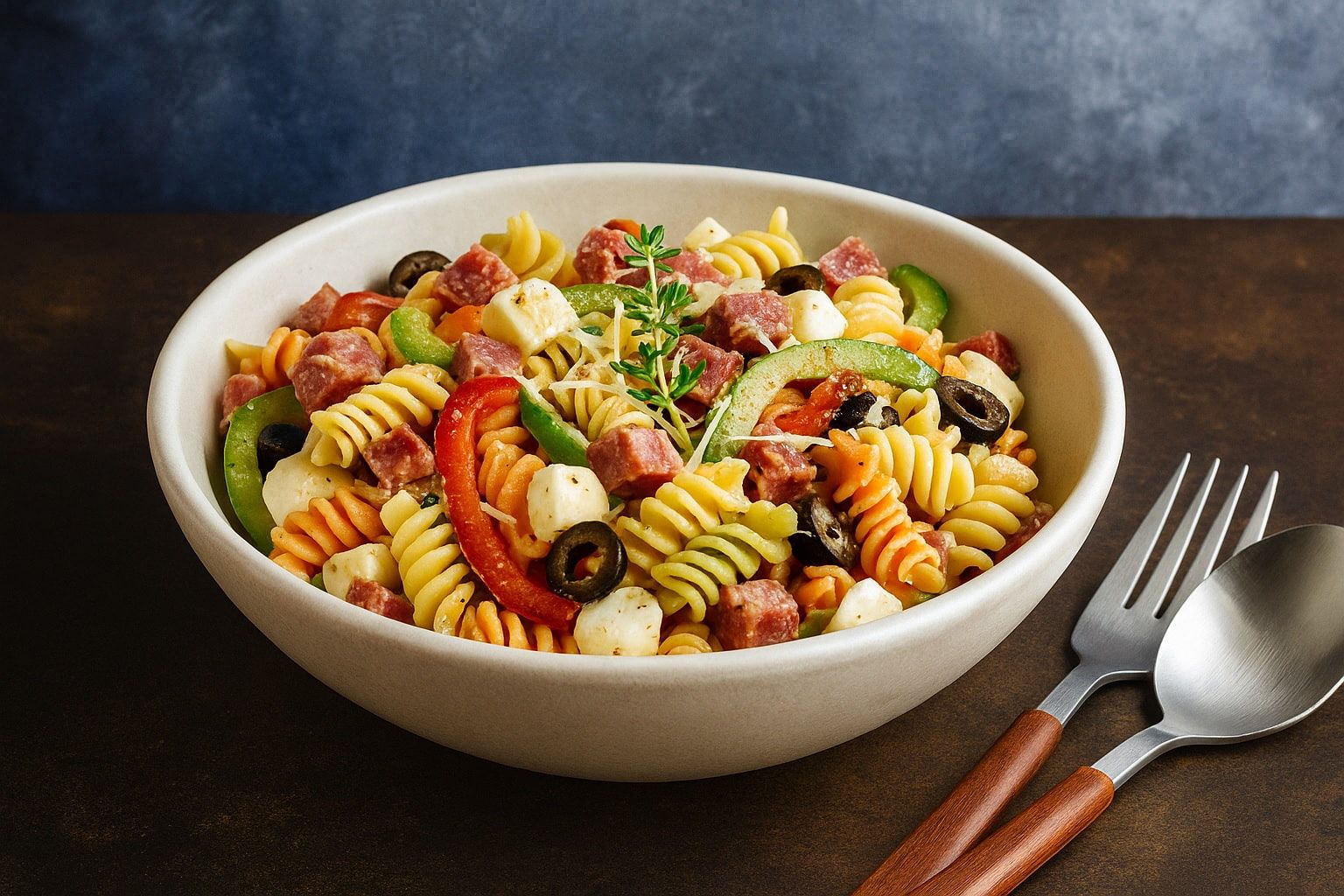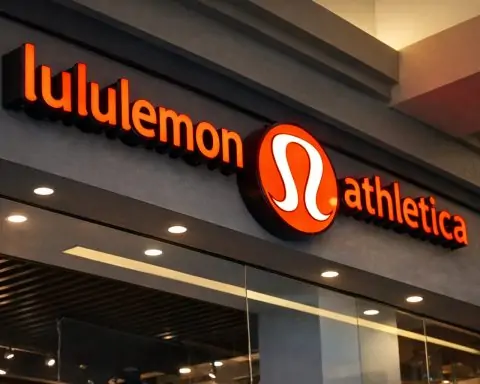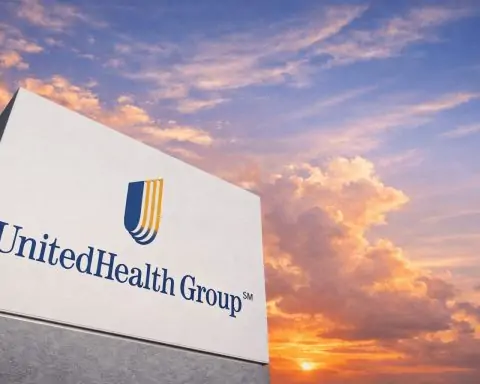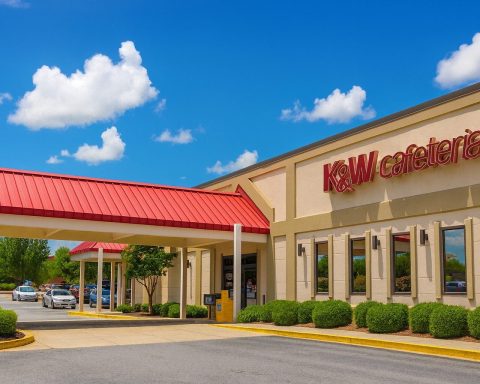- What’s proposed: A 91.74% anti‑dumping duty on certain Italian pasta exporters — on top of the existing 15% U.S. tariff on most EU goods — taking the effective rate to about 107%. [1]
- Who’s hit:13 Italian companies, including La Molisana, Pasta Garofalo, Rummo and others named across U.S. filings and reports. [2]
- Status today: The 91.74% rate is preliminary under a Commerce Department administrative review; a final determination is expected late December 2025 or January 2026. [3]
- Why it matters: Several producers say they would halt U.S. sales or sharply raise prices if the 107% total tariff is upheld, potentially thinning shelves of imported Italian pasta in early 2026. [4]
- Diplomatic backdrop: Brussels and Rome are pressing Washington to reconsider; EU trade chief Maroš Šefčovič says he is intervening on Italy’s behalf. [5]
What changed — and why pasta is suddenly in the crosshairs
The U.S. Department of Commerce released preliminary results on Sept. 4, 2025, in its long‑running anti‑dumping review of “certain pasta from Italy.” Commerce assigned 91.74% dumping margins to La Molisana and Pastificio Lucio Garofalo, and — following its standard practice when lead respondents are found uncooperative — applied the same rate to 11 non‑examined companies for the July 1, 2023–June 30, 2024 period. These are not final results. [6]
Separately, under the U.S.–EU tariff framework announced this summer, the U.S. is applying a 15% tariff ceiling on most EU goods. If Commerce’s pasta rate is finalized, that 91.74% anti‑dumping duty would stack on top of the 15% EU rate, bringing the effective duty near 107%. [7]
Where things stand on Nov. 11, 2025
- Shelf impact now: Importers and retailers are preparing for disruption, but no final tariff increase has taken effect yet — Commerce officials told reporters the pasta rate remains preliminary and cash‑deposit changes have not been implemented pending the final determination. [8]
- Timing: Commerce’s review process gives a window that points to late December 2025 or January 2026 for a final decision (absent an extension). That means the earliest shelf effects from a finalized 107% duty would likely appear in early 2026. [9]
- Market signals: Producers warn they may withdraw from the U.S. or double prices if the 107% total holds — the Wall Street Journal reports major exporters are already preparing contingencies. [10]
The brands most at risk
Based on Commerce records and multiple media reports, these 13 exporters face the preliminary 91.74% rate: La Molisana, Pasta Garofalo, Rummo, Agritalia, Aldino, Antiche Tradizioni di Gragnano, Barilla (Italy‑made product; U.S.‑made Barilla is less affected), Gruppo Milo, Pastificio Artigiano Cav. Giuseppe Cocco, Pastificio Chiavenna, Pastificio Liguori, Pastificio Sgambaro, and Pastificio Tamma.Newsweek notes Barilla’s U.S. production softens the blow for that brand. [11]
Reality check: Brand availability will vary by where the pasta is produced and which SKUs are imported. A brand with U.S. plants (e.g., some Barilla lines) may keep common shapes flowing even if Italy‑made specialty cuts become scarce. [12]
Why Commerce went so high
The preliminary 91.74% rate stems from Commerce’s finding that La Molisana and Garofalo didn’t supply adequate data in time, leading the agency to apply “adverse facts available” and extend the same rate to non‑examined firms — a method the agency is permitted to use in reviews when cooperation is deemed insufficient. [13]
Italian producers dispute that narrative. In reporting by The Washington Post, executives say they did provide detailed responses and argue Commerce misread accounting and documentation, while a U.S. official emphasized the process is technical, routine and separate from broader Trump tariff policy. [14]
The politics: Rome, Brussels and Washington
The proposed pasta duty is arriving in the wake of a 15% U.S. tariff that now applies to most EU goods, raising political stakes. The EU’s Šefčovič says he is actively working with Italy to contest the pasta decision; Italy’s government has called the proposed level a “mortal blow” to a flagship export. [15]
What it means for U.S. shoppers and grocers
- Prices: If upheld, the effective 107% tariff could lift shelf prices substantially — several companies and trade groups caution prices could roughly double on affected imports. [16]
- Availability: Import‑dependent SKUs (especially premium and regional shapes made only in Italy) are at risk of temporary disappearance as importers pause orders or reprice. Some importers say they’ll try to absorb costs briefly, but that’s not sustainable. [17]
- Work‑arounds: Multinationals with U.S. manufacturing can pivot to domestic lines, softening the consumer impact for mass‑market shapes. Specialty producers without U.S. capacity face tougher choices. [18]
What happens next — and key dates to watch
- Public comments & rebuttals (ongoing): Parties can file briefs and rebuttals on Commerce’s preliminary determination before the agency issues final results. [19]
- Final determination (late Dec ’25 / Jan ’26): Commerce will set final rates. If the 91.74% figure is sustained, CBP would collect at the updated rates per Commerce instructions. [20]
- Appeals & diplomacy: Expect intensified EU‑U.S. talks and potential legal challenges (e.g., to the U.S. Court of International Trade) if rates remain elevated. [21]
Reporting notes and sources for today (Nov. 11, 2025)
- Wall Street Journal: Industry and retail implications; exporters planning U.S. pullbacks if the 107% effective rate sticks. [22]
- Washington Post: Clarifies the preliminary nature of the 91.74% rate and that cash‑deposit changes have not yet taken effect; details on the complainants (8th Avenue Food & Provisions and Winland Foods). [23]
- Federal Register (Commerce): The official preliminary results assigning 91.74% to La Molisana, Garofalo and non‑examined companies; outlines process and comment schedule. [24]
- Reuters / EU–U.S. framework: Confirms the 15% tariff now applied to most EU goods, which is why the effective duty sums to ~107% if Commerce’s rate is finalized; notes Šefčovič’s intervention. [25]
- Newsweek (brand list & timing): Identifies 13 affected companies and notes the final decision window of late Dec ’25–Jan ’26; adds color on how some importers may handle pricing. [26]
References
1. www.federalregister.gov, 2. www.newsweek.com, 3. www.washingtonpost.com, 4. www.wsj.com, 5. www.reuters.com, 6. www.federalregister.gov, 7. www.reuters.com, 8. www.washingtonpost.com, 9. www.newsweek.com, 10. www.wsj.com, 11. www.newsweek.com, 12. www.newsweek.com, 13. www.federalregister.gov, 14. www.washingtonpost.com, 15. www.reuters.com, 16. www.wsj.com, 17. www.newsweek.com, 18. www.newsweek.com, 19. www.federalregister.gov, 20. www.newsweek.com, 21. www.reuters.com, 22. www.wsj.com, 23. www.washingtonpost.com, 24. www.federalregister.gov, 25. www.reuters.com, 26. www.newsweek.com










